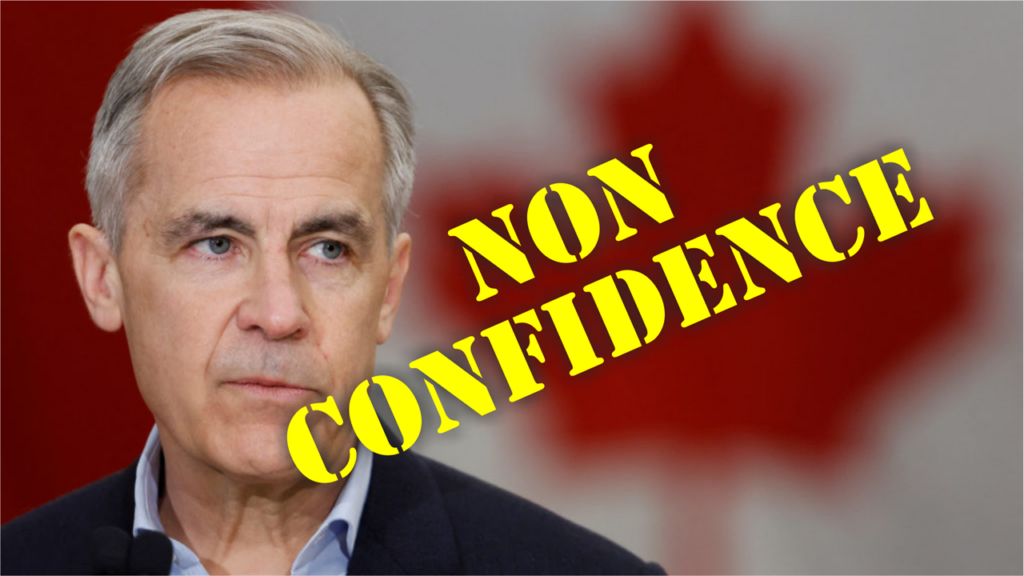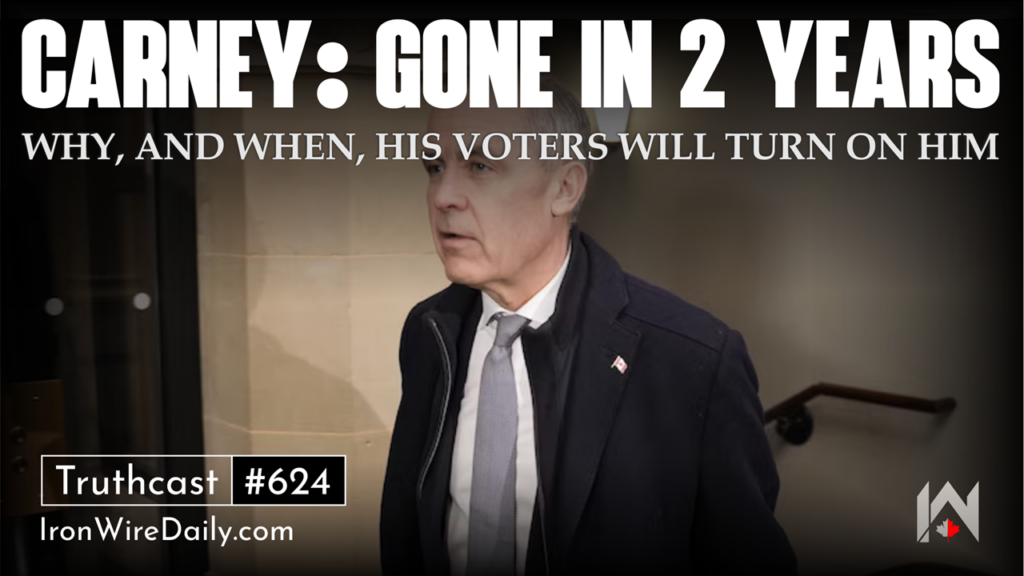US GDP Stagnant – Q1 2025 | Armstrong Economics
The Commerce Department’s Bureau of Economic Analysis (BEA) released its first estimate for US GDP in Q1, a 0.3% decline annually.
The decline was mainly due to a sharp 41% uptick in imports as they are subtracted when calculating the final GDP figure. Pharmaceutical goods, medicines and vitamins, computers and parts drove imports in the first quarter.
Government spending decreased significantly as well by 1.4%, with federal expenditures down 5.1%. National defense spending declined by 8%, while non-defense spending decreased by 1%. State and local government spending posted its slowest growth since Q2 of 2022 at 0.8%. Government-driven spending is one of the main components of GDP calculations, but a reduction in government-driven spending in an economy should be viewed positively.
There was a notable rise in business investment at 21.9% as capital is flowing to the US. This is a noteworthy difference, following a 5.6% decline in the fourth quarter of 2024. Nonresidential investment rose 9.8% in the first three months of the year, led by a 22.5% rise in equipment spending.
Consumer spending grew by 1.8%; services led spending with a 2.4% uptick, followed by goods at 0.5%. Personal savings as a percentage of income reached 4%, down from last year’s posting of 5.4%. Disposable personal income reached 2.7%.
ADP released its jobs report for April, anticipating a 62,000 uptick in private sector hirings. This should come as no surprise as thousands were laid off from their public sector positions. However, the figure is below estimates of 115,000 and sharply down from March’s 155,000 figure. “Unease is the word of the day. Employers are trying to reconcile policy and consumer uncertainty with a run of mostly positive economic data,” said ADP chief economist Nela Richardson. “It can be difficult to make hiring decisions in such an environment.” The Labor Department’s nonfarm payroll report is expected to show a 130,000 uptick, well beneath March’s 228,000 posting.
The April 2025 Consumer Price Index (CPI) will be released on May 13, a week after the next Federal Open Market Committee meeting. March posted a core inflation rate of 2.8% on an annual basis, down from February’s 3.1% figure and the lowest noted since March 2021.
Trump’s tariff policy is not to blame for the current state of the economy. War, inflation, debt, poor government policy, and collapsing confidence predate Trump. The Fed’s policy is not to blame either as their policy is almost irrelevant in the grand scheme.
Socrates warned of a massive global shift in 2015 as the sovereign debt crisis cycle turned and public confidence began to decline. The computer identified 2020.05 (May 2020) as a major Economic Confidence Model (ECM) turning point, and needless to say, 2020 was certainly a turning point in every aspect of the global economy. The stagflation we see now began, globally, post-pandemic. Once confidence breaks, stagflation is guaranteed to follow.














